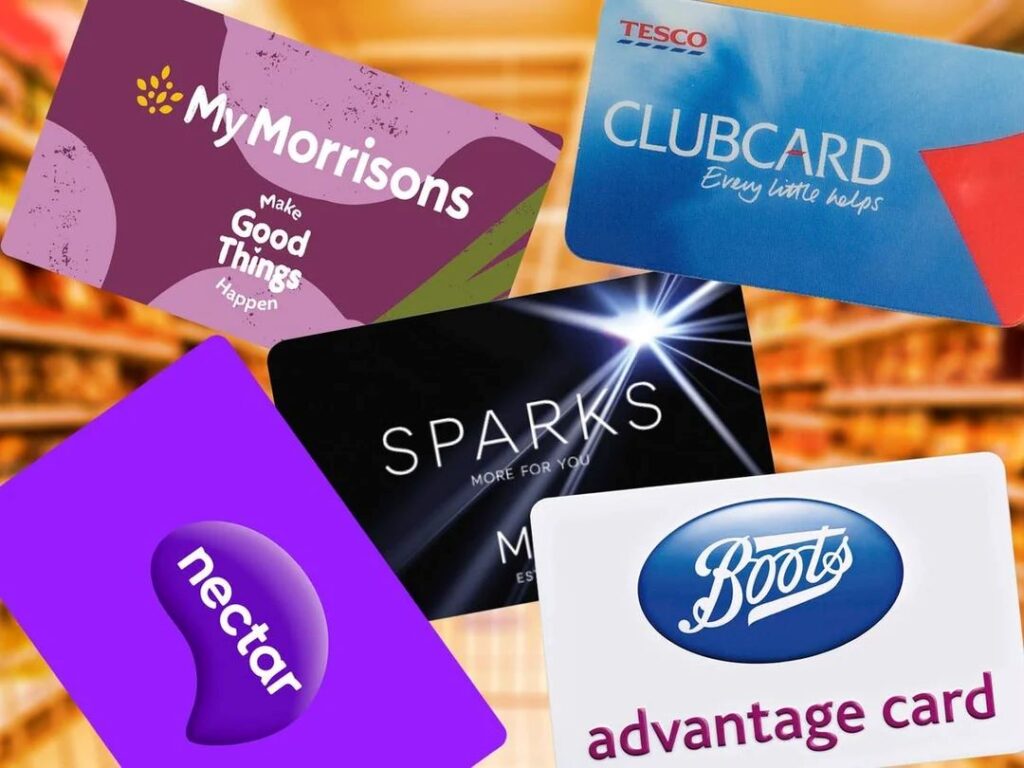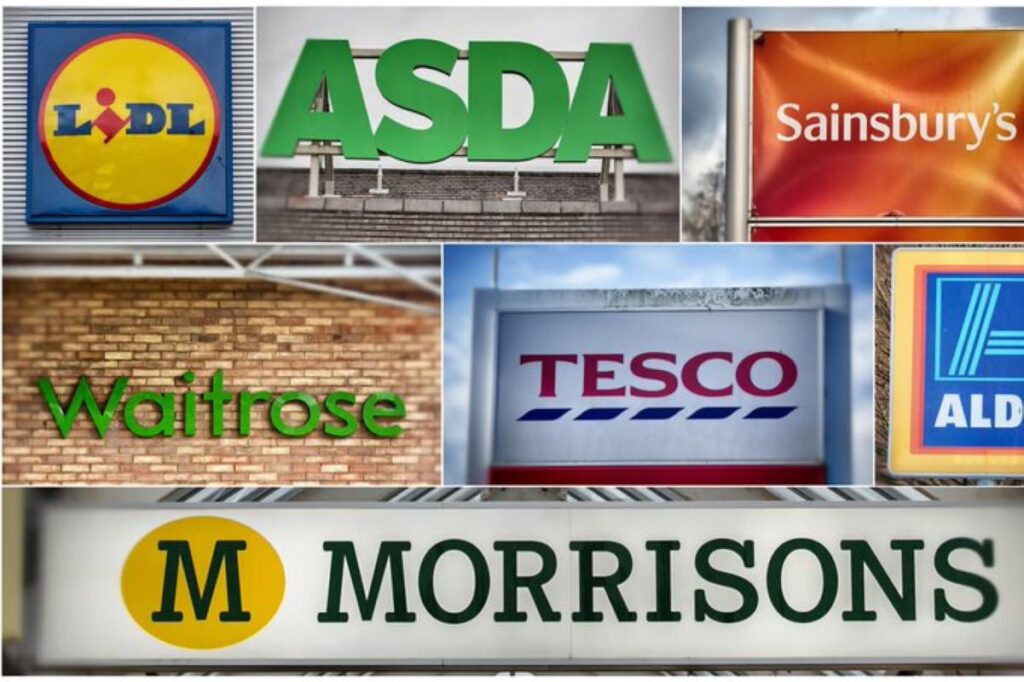Which?, the popular consumer advocacy group, recently called out UK high street retailers for what they call “shrewd pricing schemes.” The advocacy group surveyed commodity pricing at British high street stores and supermarkets. The group’s findings became the bedrock of its protest against the so-called loyalty schemes that it discovered are “murky and confusing.”

The investigation by Which? did a snapshot assessment of the pricing of about 12,000 items across multiple High street retailers. Which? cited Boots, the pharma care store, as an example of the alleged foul play. The consumer advocacy group found that the drugstore sold an Oral-iO7 electric brush to cardholding members for £150 ($166). Meanwhile, the same item sold for £400 ($444) to regular shoppers. The discount offer, however, ran for just 13 days, after which every category of shoppers could buy for the initial discount price of $166.
Besides the toothbrush, Which? claims it found 649 other items on Boots’ shelves that saw price spikes on the day the store commenced a loyalty discount promotion. However, Boots quickly clarified that their loyalty schemes are to help their cardholders benefit from “savings on over 8,000 products.” Nonetheless, Which? is not too satisfied with the pricing strategy practiced by UK high street retailers like Boots.
Some other health and beauty retailers, like Superdrug, also came under the observation lens of Which?. The advocacy group found that one out of every six items offered by Superdrug at a discount has been at that price for half the time non-member prices have been enforced. As usual, Superdrug responded to Which? by claiming to provide cardholding members with “health and beauty products at a lower price.”
For UK high street retailers in the supermarket niche, Tesco came under the Which? searchlight. Which? found that one of ten sampled promotion items at Tesco has been available for non-member prices for half of the past six months.
The Loyalty Card
So far, Which? ‘s pricing investigation has unveiled a great merchandising scheme hooded with loyalty cards. Ele Clark, the retail editor at Which?, tried to explain the two-tier pricing among UK high street retailers. Clark said, “With the explosion in two-tier pricing [meaning] shoppers will often pay a lot more if they aren’t a member of the retailer’s scheme.”

Clark explained that Which? uncovered several instances of unjustifiable non-member prices among some of these retailers. In addition, some of the products are perpetually on loyalty promotion, making it difficult to tell what the price would have been during off-promo seasons. Clark also mentioned that the Competition and Markets Authority (CMA) would need to tighten the noose on pricing during loyalty schemes. Loyalty schemes and discounts are great initiatives. However, the UK’s competition watchdog would need to check high street retailers. With well-structured laws in place, there will be no loopholes to exploit for undue profits at the expense of shoppers.
The CMA is also conducting an investigation that intends to assess the impact of loyalty card prices on consumer behavior. The CMA investigation is independent of Which?’s and the report should go public in November. However, the competition watchdog did respond to the claims of price inflation by Which?, leveled against UK high street retailers. In July, CMA claimed it was almost impossible for supermarkets to inflate prices without allowing market forces to hold sway.
ALSO READ: Kohl’s Focuses on Cost Controls and Leaner Inventories to Boost Profit Targets
What Is a High Street Retailer?
High street retail infers a concentration of businesses in an urban or suburban area, which is widely known as a retail hub. Often, high street retails feature shops clustered in an area, so much so that shoppers can get variants of almost any retail item.

Businesses or chains with shops and stores in such a location are called high-street retailers. For example, some of the most popular high-street shops in the UK are found at Piccadilly Circus, Oxford Street, and Princes Street.
What Is the Most Popular High Street Shop in the UK?
According to the Jetkrate, Marks & Spencer sits atop the list of the most popular high street shops. With a century-long legacy in the UK, M&S has evolved to offer several online shopping services.
ALSO READ: JCPenney Shuts Down: Implications for the Future of Retail
The Three Biggest Supermarkets Offered Savings
Morrisons is reputed to be the fifth-largest supermarket chain in the UK. It is also one of the stores that offer UK high-street retailers’ online shopping services.

In the UK, three supermarket chains are acclaimed for offering the juiciest savings on grocery promotions. According to ScrapeHero, a data scraping company, the three largest supermarket chains in the UK are Tesco, Londis, and Morrisons. Some of these retail chains also offer promotional prices to holders of loyalty cards.
You Might Also Like:
Oil Giant Petrobras Brazil Accesses Global Markets With Dollar Bond Sale
Parents Turn to Second-Hand School Uniforms as Back-to-School Costs Hit £422
The New Tesla Truck Stands Alone in Its Category, for Better or Worse
How Elon Musk’s Endorsement of Trump Might Have Backfired
Controversy Erupts Over California School District’s All-Electric Bus Fleet

